JPEG Compression: Is 80 the magic quality - Part 1 - the retina screens
Foreword - encoding JPEGs
How do you encode your JPEGs ?Let's take a concrete example. You you have a 150x150 image. You want to compress it in JPG, but which quality settings should you use? JPEG encoders usually take a quality setting as a parameter, between Q1 and Q100, where 1 is the worst quality and 100 the best.
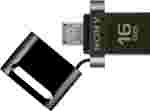 |
| Q 10 - 1579B |
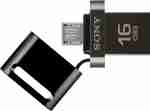 |
| Q 20 - 1960B |
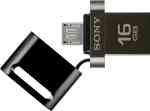 |
| Q 30 - 2260B |
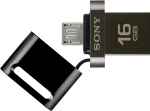 |
| Q 40 - 2513B |
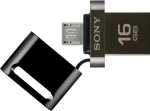 |
| Q 50 - 2729B |
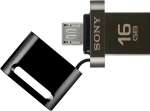 |
| Q 60 - 2973B |
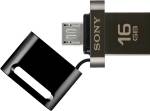 |
| Q 70 - 3308B |
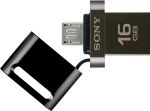 |
| Q 80 - 3826B |
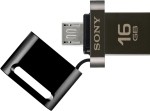 |
| Q 90 - 4939B |
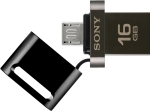 |
| Q 100 - 32KB |
We can see that the greater the quality, the better and bigger the image. There is clearly a compromise to be done as Q100 is clearly too big an image and the increase in filesize doesn't translate to an equivalent increase in visual quality. 80 seems a sensible choice. The filesize is 3.8KB.
While this 80 quality settings is the most sensible, we're going to show that in some circumstances it is completely off the mark.
In this first part, we'll focus on high density displays, aka retina screens as they were first introduced by Apple a few years ago.